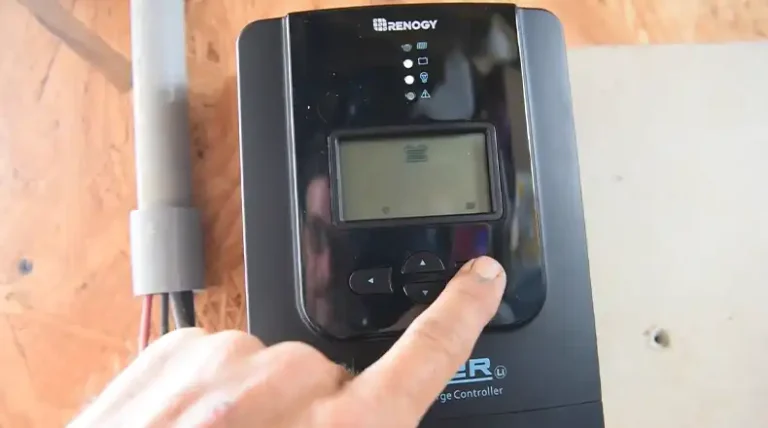Converting Solar Power to AC | Solar Inverter The Ultimate Guide
Solar energy, with its promise of a sustainable future, has witnessed rapid growth over recent years. However, this promise brings forth a crucial challenge: making the energy usable for our everyday needs. While solar panels harvest the sun’s energy efficiently, the form they generate isn’t immediately usable by our homes or grids.
Are solar panels and our electrical infrastructures inherently incompatible? Not exactly. With the right technology, solar-generated power can indeed illuminate our homes, power our gadgets, and more.
For those eager to understand this transformation, read on. I am about to embark on an enlightening journey, unraveling the process that makes our sun’s power accessible every time we flick a switch.
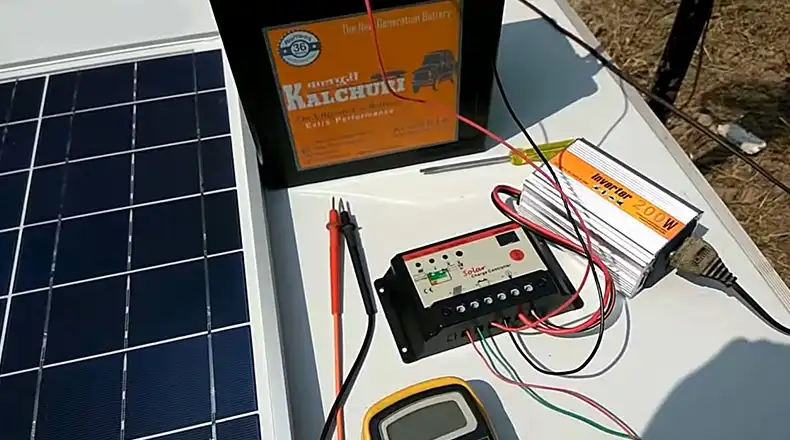
Why Solar Power Needs to Converted into the AC Power
Solar panels, by virtue of their design and the photovoltaic effect, generate Direct Current (DC). It’s a straight, continuous flow of electricity, which is simple and efficient in its raw form.
However, our world revolves around Alternating Current (AC). AC, with its oscillating nature, is more suited for long-distance transmission, ensuring minimal energy loss and wide-scale distribution.
How Solar Power Is Converted To AC?
The conversion of solar power to AC is a fundamental process in solar energy systems, allowing us to use the energy harnessed from the sun in our everyday electronics and appliances, most of which run on AC.
Direct Current (DC) is a form of electricity where the electric charge flows in one direction. Most of our household appliances, however, use Alternating Current (AC), where the electric charge changes direction periodically. To make solar-generated DC electricity usable in our homes, it must be converted to AC. That’s where the solar inverter comes into play.
Here’s a detailed explanation of how solar inverters work and convert the DC into AC:
- Stage 1: Solar Panels Absorb Sunlight
The process begins with solar panels, which are made up of photovoltaic (PV) cells. When sunlight strikes these cells, a phenomenon known as the photovoltaic effect takes place. This effect causes the photons from the sunlight to knock electrons loose from their atoms in the PV cells. As a result, these free electrons start to flow, creating Direct Current (DC) electricity.
- Stage 2: The Solar Inverter Converts DC to AC
The solar inverter is a crucial component of a solar energy system. Its primary function is to convert the DC electricity generated by the solar panels into AC electricity. The inverter does this by taking in the DC current and using advanced electronic processes to “invert” or switch the direction of the current back and forth, effectively creating AC electricity.
- Stage 3: Syncing with the Grid
Once the electricity is converted to AC, the solar inverter also ensures it’s synchronized with the grid’s frequency and voltage. This synchronization is crucial because any discrepancy between the solar-generated AC and the grid can cause problems or inefficiencies.
After conversion and synchronization, the AC electricity can either be used directly in the household or fed back into the main power grid, depending on the solar installation type and the energy demands of the household.
Conversion Efficiency and Losses During Inverter Operation
While the conversion from DC to AC is relatively efficient with modern inverters reaching efficiencies of up to 98%, there are still minimal losses. These are often due to resistance, inherent device inefficiencies, or environmental factors. Let’s explain them below:
1. Conversion Efficiency
Conversion efficiency refers to the proportion of the input energy that gets successfully converted into the desired form of output energy. In the context of solar panels, it’s about how effectively the panel can convert sunlight (solar energy) into usable electricity.
Example: If a solar panel receives 100 watts of solar energy and produces 20 watts of electrical power, its conversion efficiency would be 20%.
1.1 Factors Affecting Solar Conversion Efficiency
- Quality of Photovoltaic (PV) Cells: High-quality cells generally have higher efficiency.
- Angle and Intensity of Sunlight: Direct sunlight, positioned perpendicular to the panel, is ideal for maximum efficiency.
- Temperature: Surprisingly, solar panels tend to be more efficient at cooler temperatures.
2. Losses
Losses in energy conversion represent the energy that doesn’t get converted into the desired form but is instead wasted, usually as heat.
2.1 Types of Losses in Solar Energy Conversion
- Reflection Losses: Not all sunlight that strikes a solar panel is absorbed; some of it is reflected away.
- Thermal Losses: Higher temperatures can cause the solar panel to become less efficient, leading to thermal losses.
- Inverter Losses: The process of converting DC to AC in inverters isn’t 100% efficient. Some energy is lost during the inversion process.
- Resistive Losses: The movement of current through the wiring and connections of a solar system faces resistance, leading to energy being lost as heat.
- Age-Related Degradation: As solar panels age, their efficiency tends to decrease, leading to greater energy losses over time.
FAQs about Converting Solar Power to AC
Why Do Solar Panels Naturally Produce DC?
Thanks to the photovoltaic effect, when sunlight excites the electrons in solar cells, it creates a flow in one direction, producing DC.
Can Homes Operate On DC Alone?
While technically possible, it would require a complete electrical overhaul and special appliances to run on DC.
Why Is Ac Preferred For Long-Distance Transmission?
AC is more efficient for long-distance transmission due to reduced energy losses and its ability to be easily transformed to different voltages.
Wrapping Up
Converting solar power to AC is more than a technical necessity. It’s the bridge between a sustainable energy source and our modern-day power requirements. As technology advances, this process will only become more streamlined, ushering in a brighter, more energy-efficient future. Thank you for joining us on this enlightening journey! For further questions or insights, feel free to drop a comment below. Shine on!

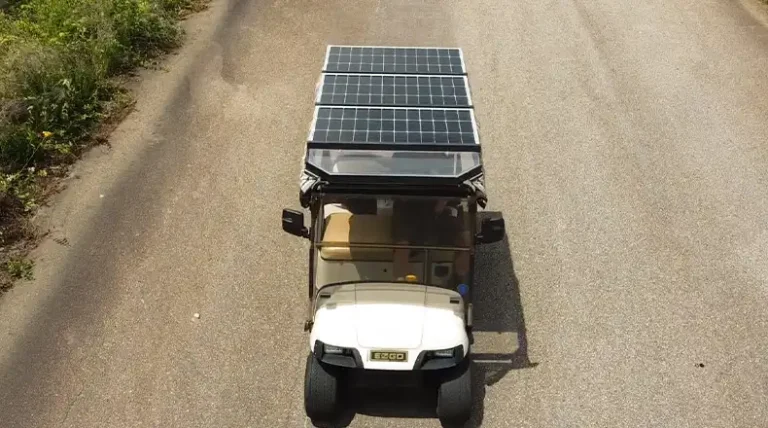
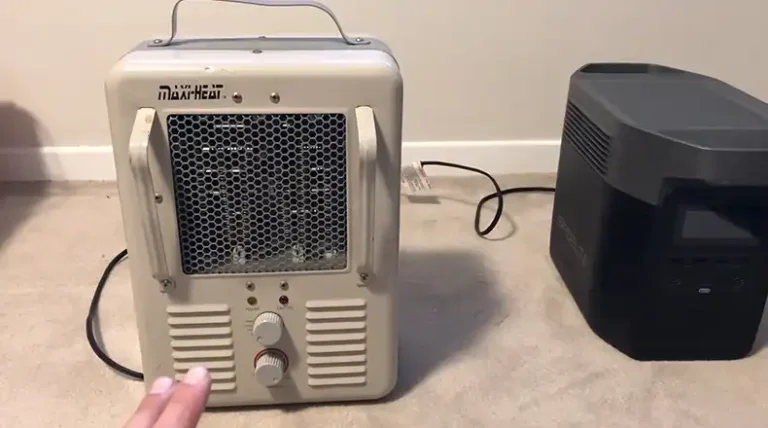
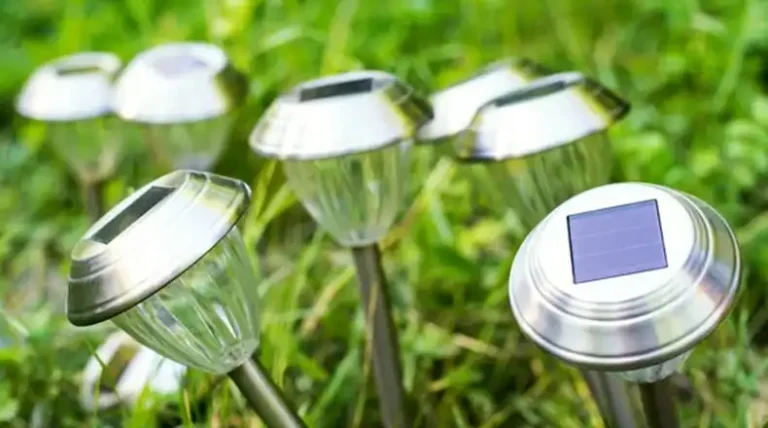
![How Many Solar Panels for 3kVA Inverter? [Answered]](https://www.itekenergy.com/wp-content/uploads/2024/06/How-Many-Solar-Panels-for-3kVA-Inverter-768x428.webp)

